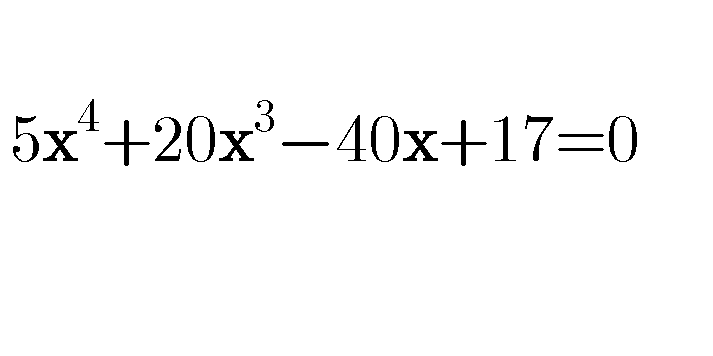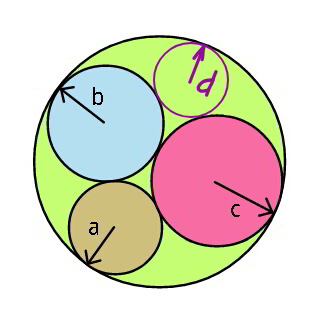
AllQuestion and Answers: Page 1354
Question Number 77760 Answers: 0 Comments: 0
Question Number 77759 Answers: 0 Comments: 0
Question Number 77758 Answers: 0 Comments: 0
Question Number 77757 Answers: 0 Comments: 0
Question Number 77755 Answers: 0 Comments: 2
Question Number 77754 Answers: 1 Comments: 3
Question Number 77772 Answers: 0 Comments: 3

Question Number 77752 Answers: 0 Comments: 1
Question Number 77751 Answers: 0 Comments: 2
Question Number 77746 Answers: 0 Comments: 4
Question Number 77745 Answers: 0 Comments: 1
Question Number 77741 Answers: 1 Comments: 1

Question Number 77739 Answers: 1 Comments: 2

Question Number 77729 Answers: 0 Comments: 0
Question Number 77725 Answers: 2 Comments: 4

Question Number 77722 Answers: 1 Comments: 2
Question Number 77721 Answers: 0 Comments: 1

Question Number 77716 Answers: 1 Comments: 2
Question Number 77681 Answers: 1 Comments: 9

Question Number 77676 Answers: 0 Comments: 0
Question Number 77675 Answers: 1 Comments: 0
Question Number 77687 Answers: 0 Comments: 8
Question Number 77666 Answers: 0 Comments: 1
$${how}\:\Pi=\mathrm{3}.\mathrm{14}\:{and}\:{what}\:{it}\:{mean}? \\ $$
Question Number 78045 Answers: 0 Comments: 2
Question Number 77655 Answers: 2 Comments: 1
Question Number 77651 Answers: 1 Comments: 4

Pg 1349 Pg 1350 Pg 1351 Pg 1352 Pg 1353 Pg 1354 Pg 1355 Pg 1356 Pg 1357 Pg 1358
